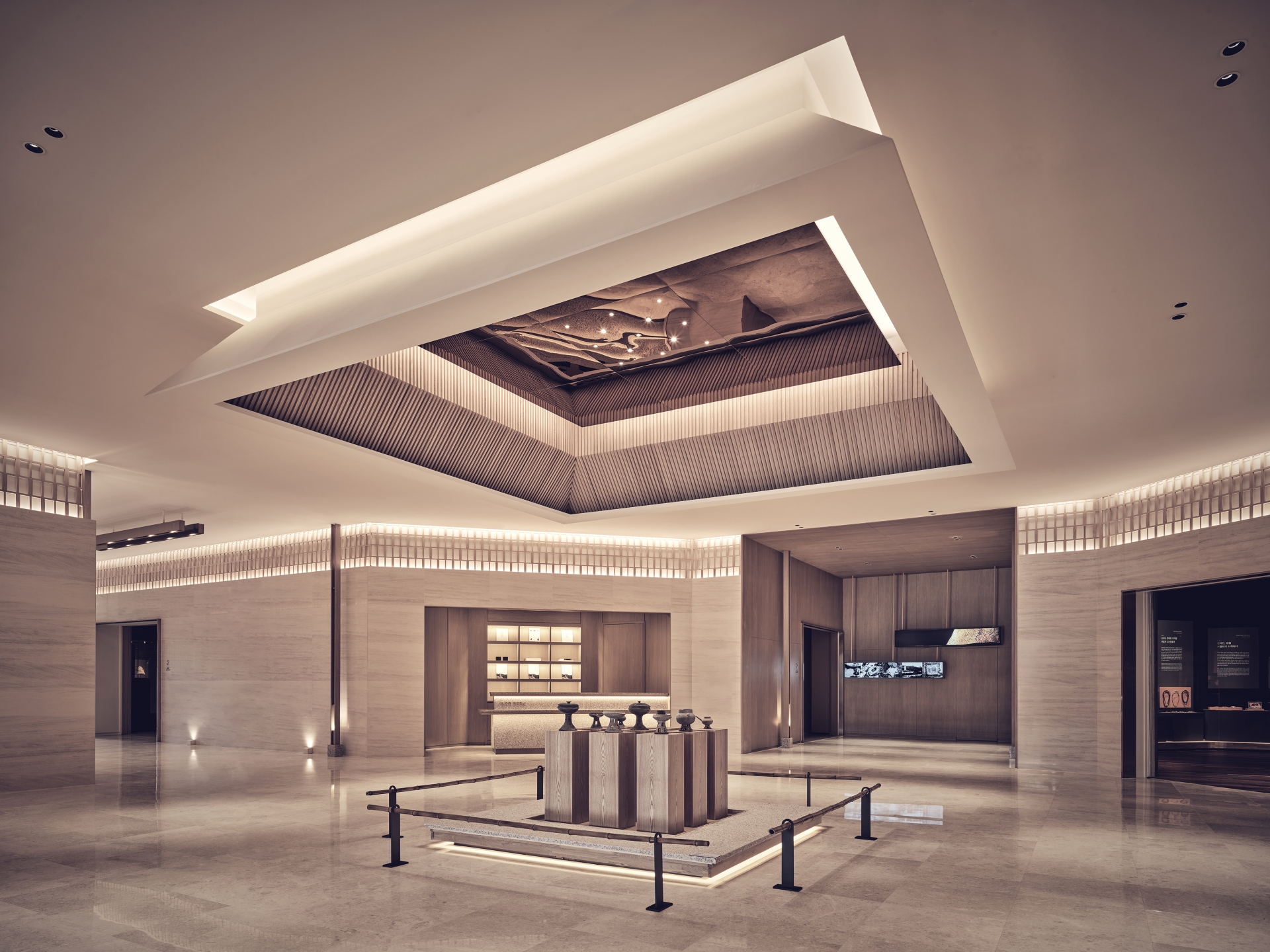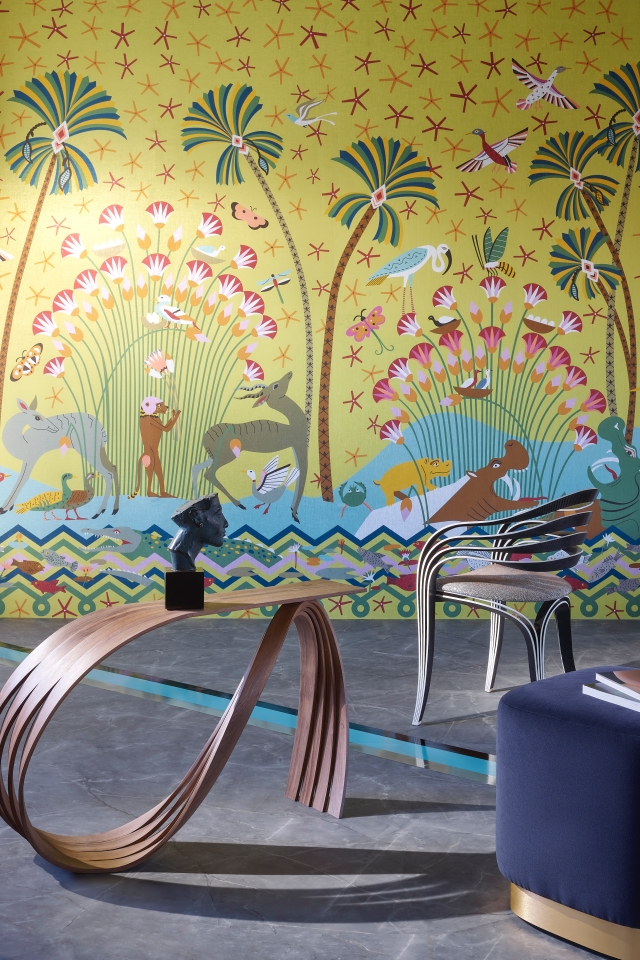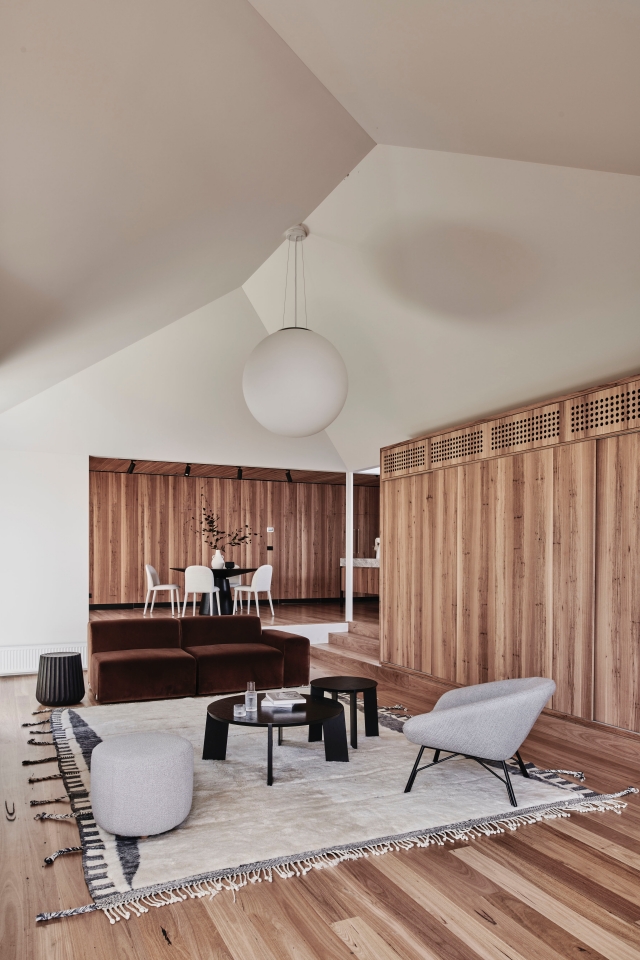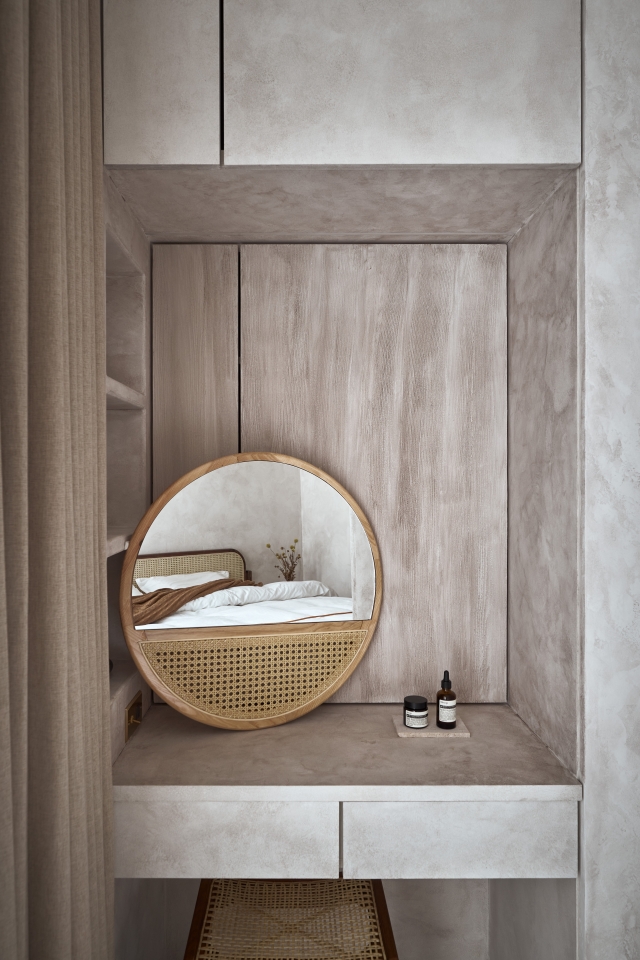Gyeongju was the capital of the ancient kingdom of Silla (57 BC – 935 AD), which ruled about two-thirds of the Korean Peninsula at its height between the 7th and 9th centuries, for close to one thousand years. Later Silla became a prosperous and wealthy country, and its metropolitan capital of Gyeongju was the fourth largest city in the world. A vast number of archaeological sites and cultural properties from this period remain in the city. Gyeongju is often referred to as "the museum without walls" and the Gyeongju Historic Areas was designated as a World Heritage Site by UNESCO.
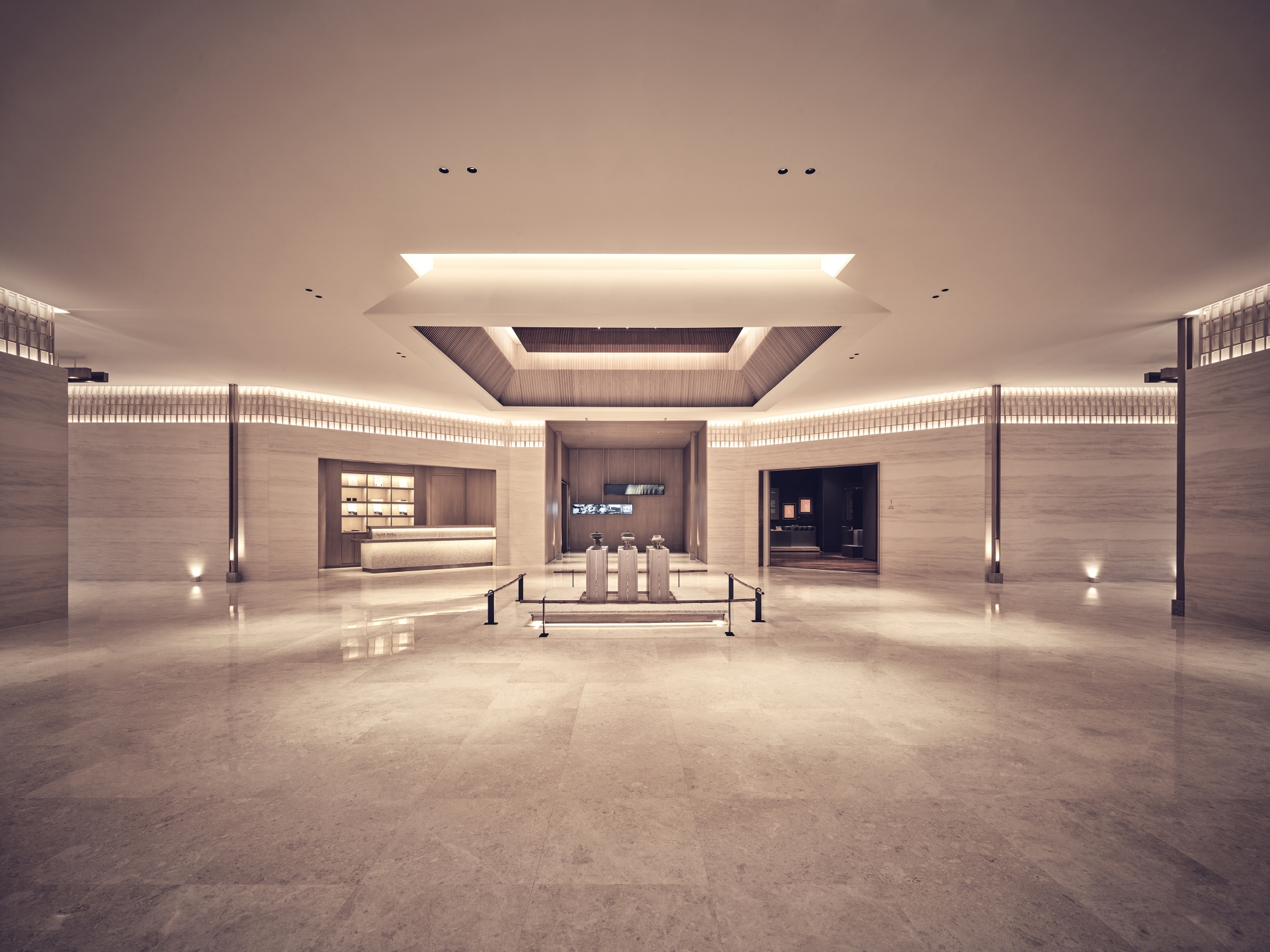
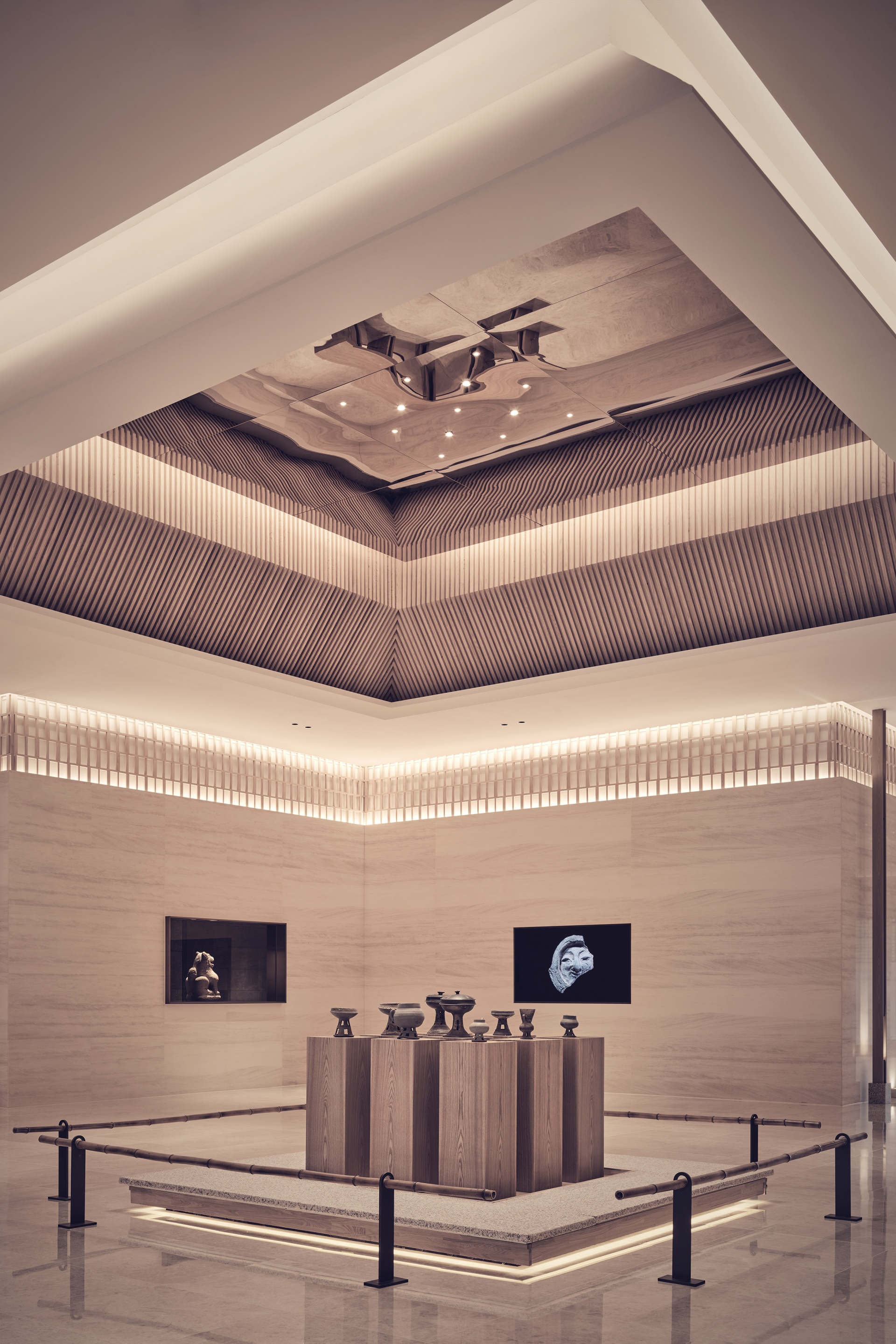
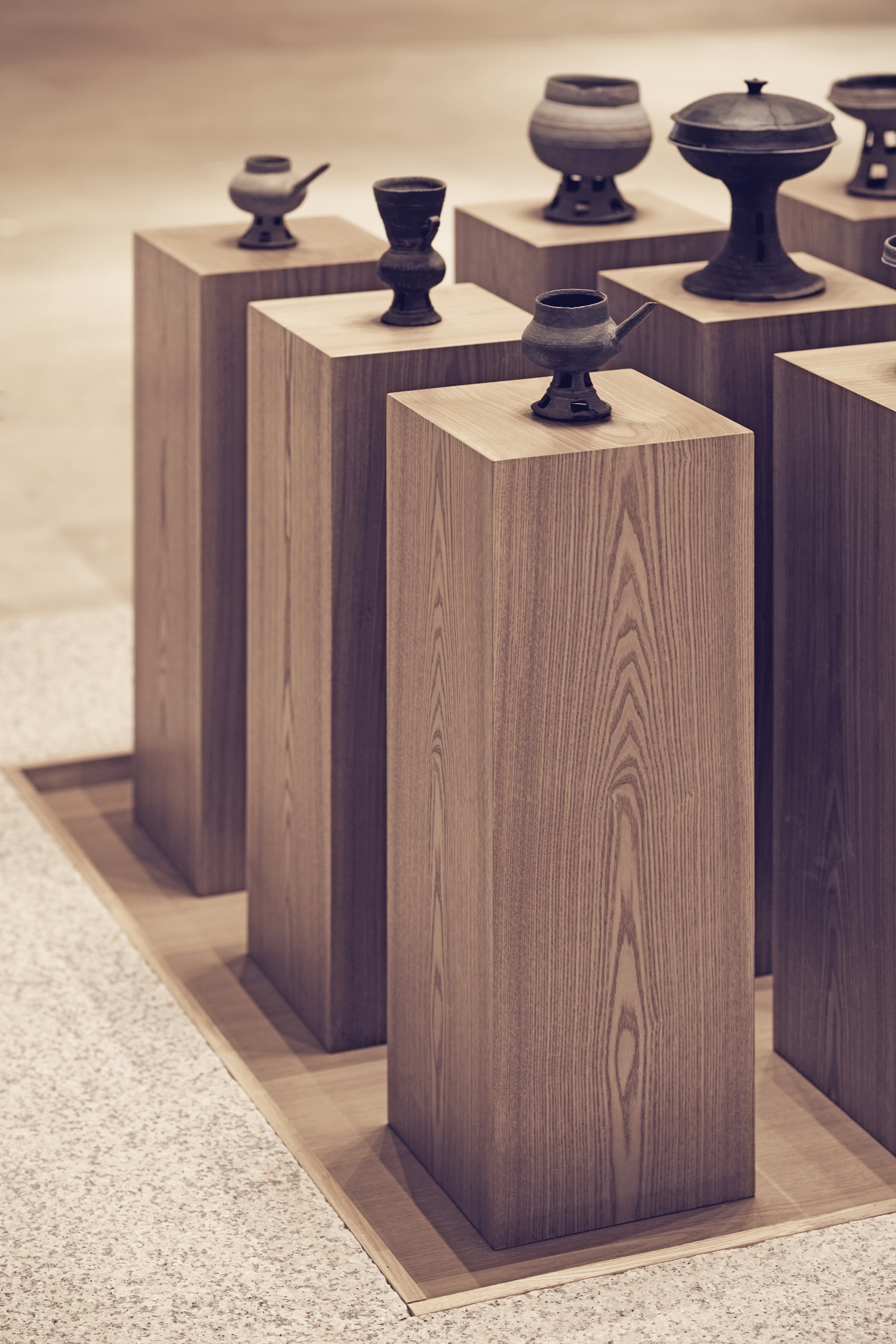
Gyeongju National Museum was founded in 1945, as the Gyeongju branch of the National Museum of Korea. The Museum, largely dedicated to the time when Gyeongju served as the capital of the Silla Kingdom, exhibits around 4,500 artifacts from the era, including earthenware pots, golden crowns, belts, earrings, and weaponry. Along the way, you'll gain insight into the culture that made the fine artifacts on display, their funeral rites, system of governance, beliefs, and lifestyle. An outdoor exhibit area showcases facades from royal palaces and temples, as well as giant temple bells. In Korea, Gyeongju National Museum is second only to the National Museum of Korea (Seoul) in terms of the size and quality of the collection and exhibits.
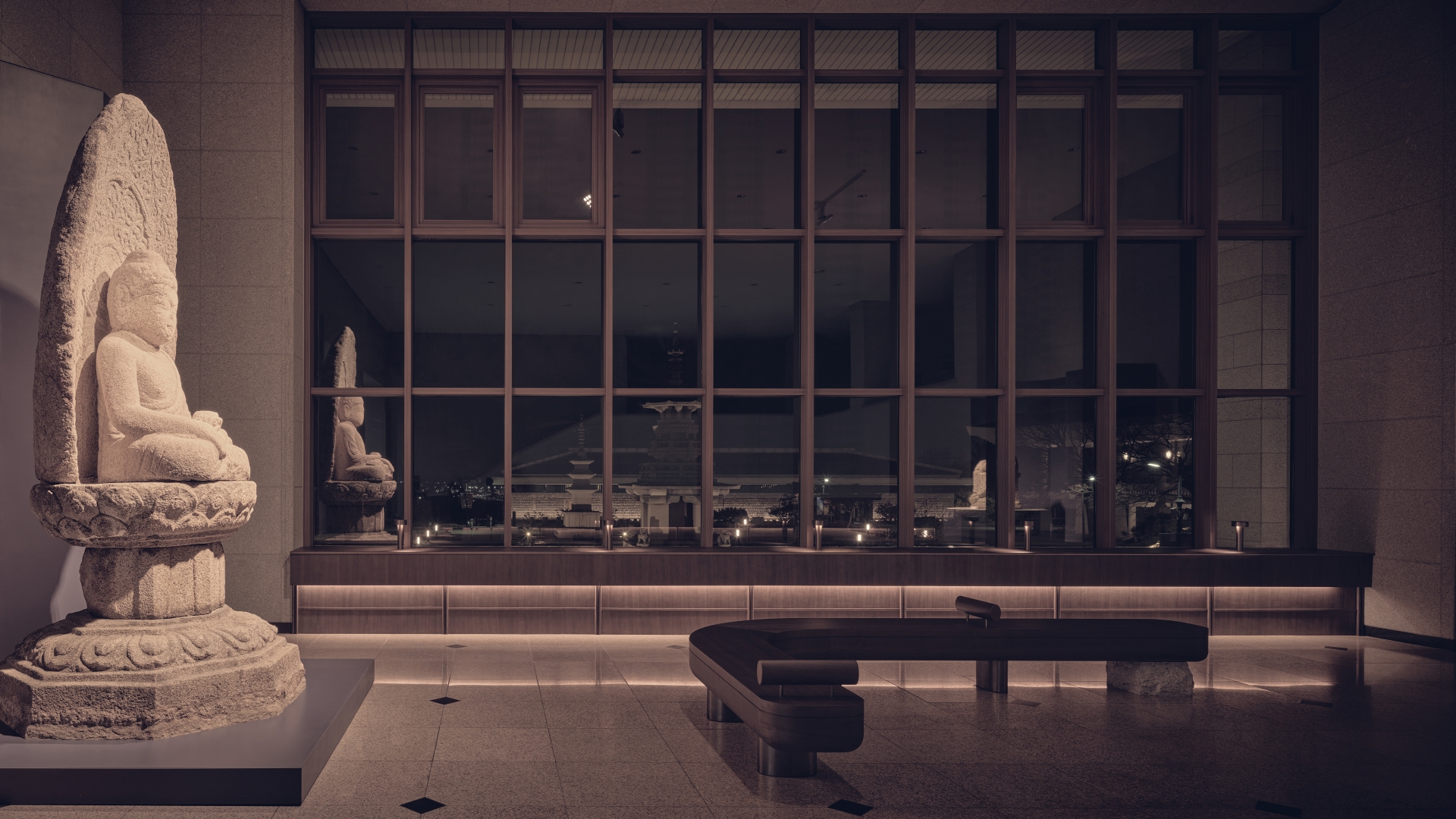
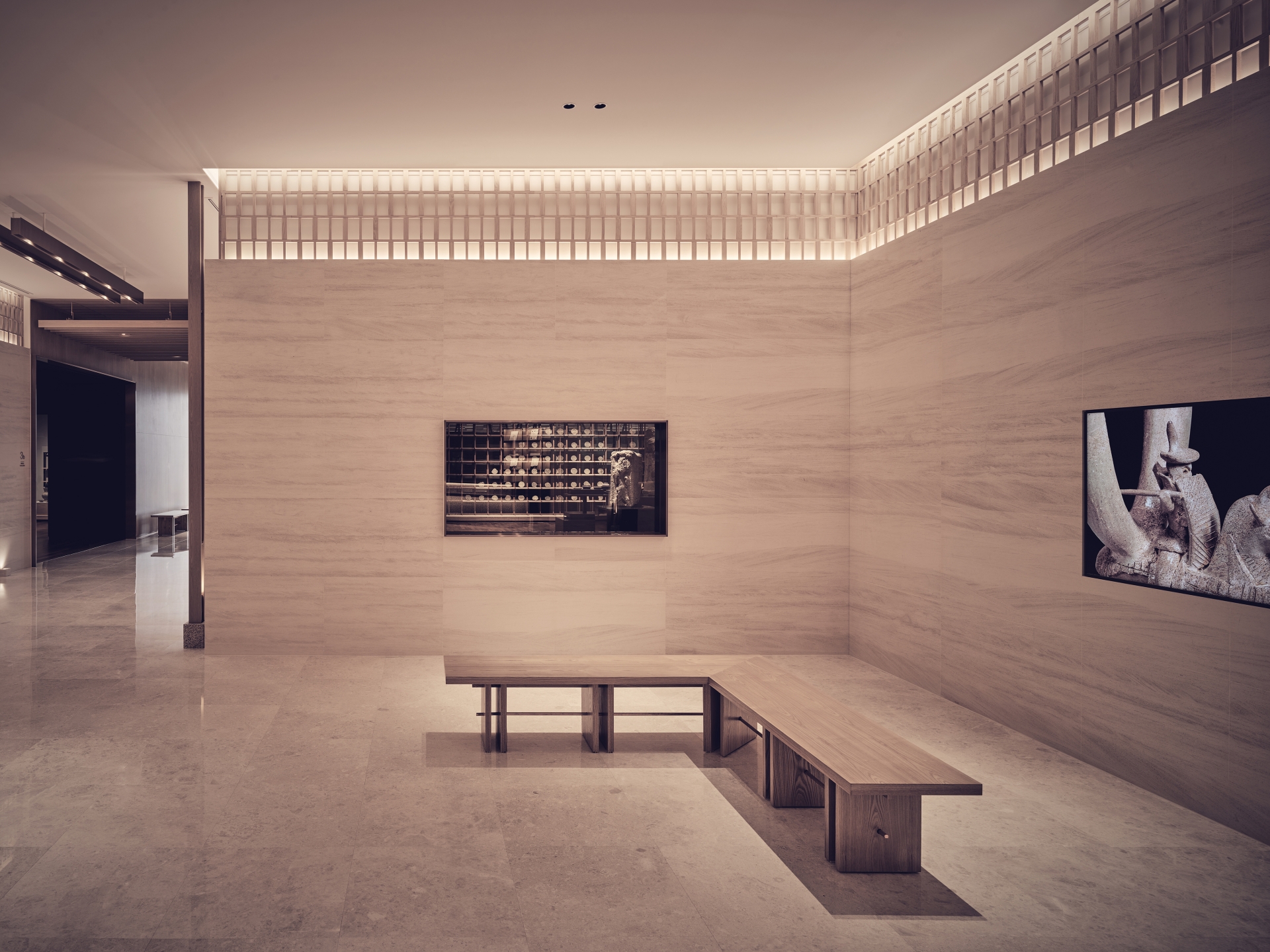
Heralded by Teo Yang Studio, who works with the theme of 'rediscovering locality & traditional culture', to reinterpret Korea's unique architecture beauty and aesthetics, the design of the Silla History Gallery lobby aims to prove that the age-old artifacts kept in the museum can still inspire contemporary designs of the 21st century. For example the geometric patterns of the earthen wares from the Silla Dynasty were reinterpreted as wood decorative elements in the space, and Silla's luxurious ornaments made of gold, silver and gilt bronze inspired the design team to create bronze lightings and add golden bronze mirrors on the ceiling to show Silla's extravagant culture. The visual goal was to design a simple yet compelling and sophisticated lobby space by carefully mixing bold architecturals gestures with detailed craft works. The space reveals it's modern yet simple aesthetic by incorporating neutral-toned marble walls and floors but blending it with hand crafted wood louvre details and concealed lighting to show the intricate features. A central ceiling structure -, a focal point within the lobby space, inspired by Silla's architecture first seems to express a bold gesture but completes subtly by combining indirect lighting, wood details, and bronze mirrors. Also, lighting columns that reinterpret traditional pillars have been added to emphasise the spatial symmetry and to add rhythm into the space.
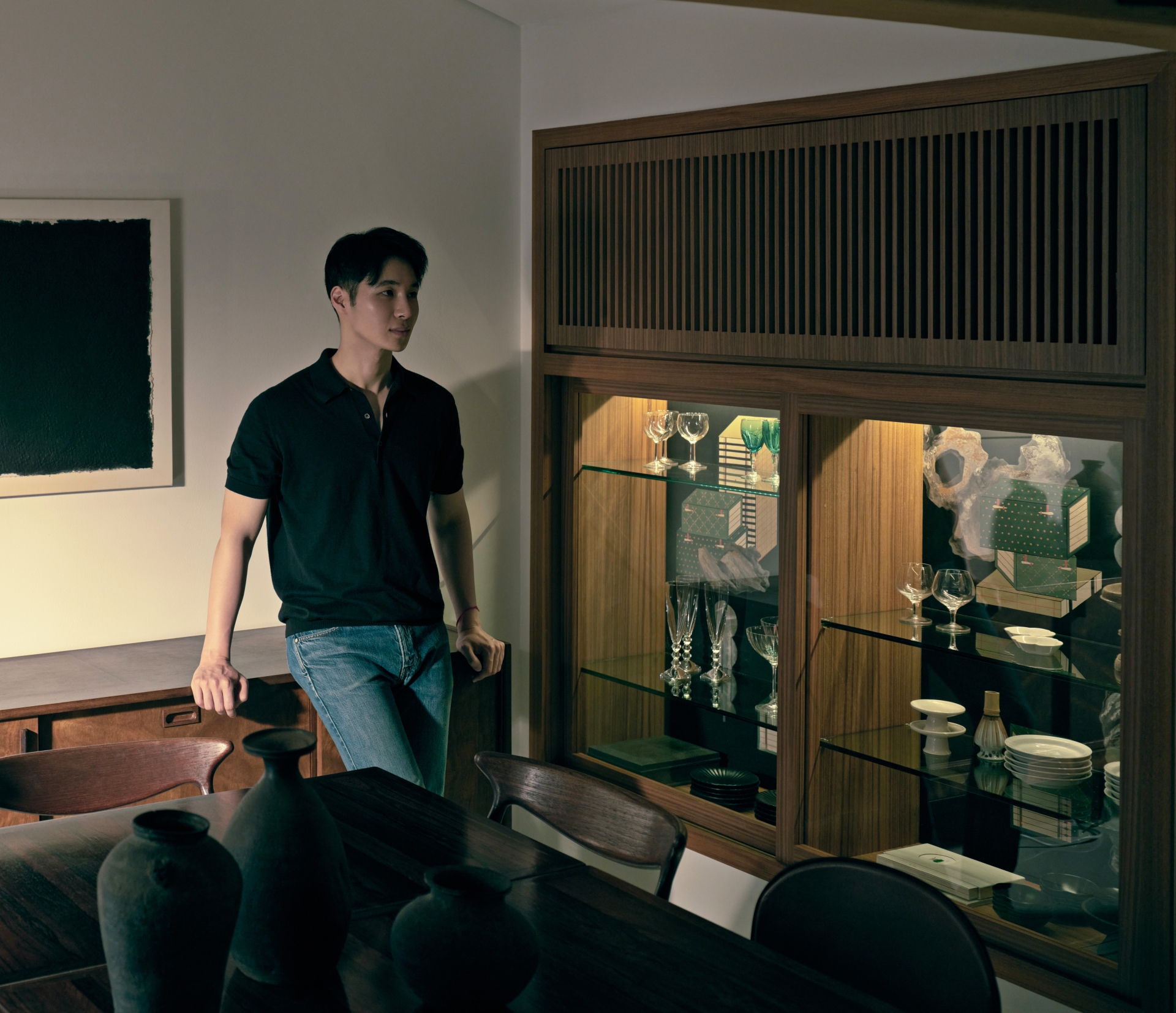
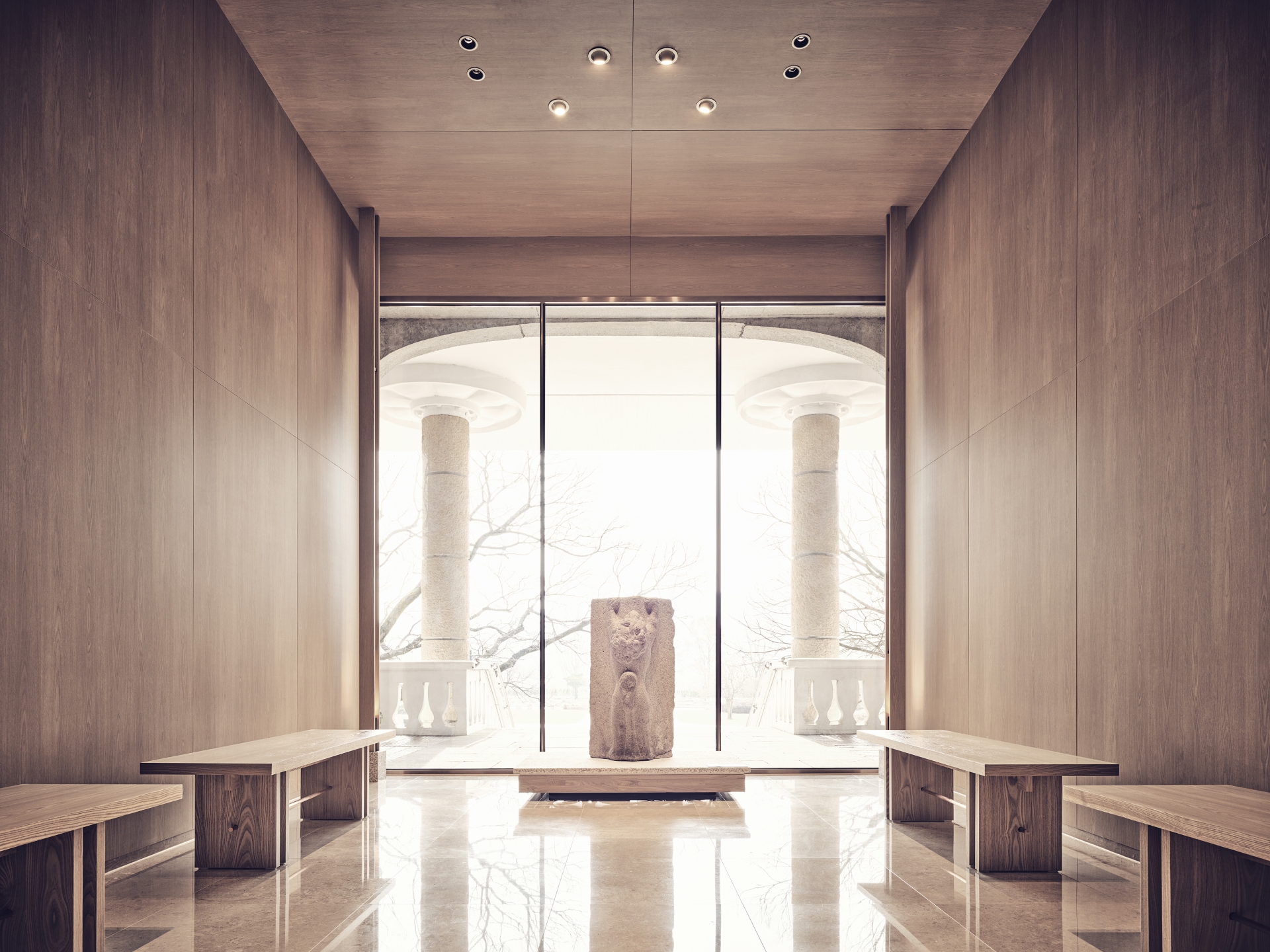
In particular, the lobby of Silla History Museum was designed to express three main messages through its 2020 renovation project. First of all, it functions as an emotional connecting space, second to provide a healthy and artful place of rest, and finally for viewers to appreciate artefacts through a new lens. The lobby, which is placed in the centre of the building and connects each exhibition hall, is designed to be a tool to create and connect the enthusiasm and interest generated through viewing. Expresses Teo Yang Studio, “We hope the lobby is not just a physical space to connect people from one gallery to another but be an emotional tool to engage people even deeper to the museum experience.” Another expression of this emotional connection was to create a window from the lobby to the gallery halls, which invites and heightens the interest of the visitors. “Relaxation was a very important factor for us to provide to museum visitors,” they continue. “We have created a resting zone between galleries with a beautiful lion stone sculpture placed in front of the full height glass window overlooking the beautiful scenery of Gyeongju mountainscape. We hope this space will provide a peaceful break in a meditative setting created by art and nature, also through the changes of the season the space will deliver a different look & atmosphere to the lobby.” Some of the beautiful relics that can only be found in Silla History Gallery are placed at the centre of the lobby without any glass display case, providing a new viewing experience for visitors to get closer to the artefacts and observe their real colours and textures.
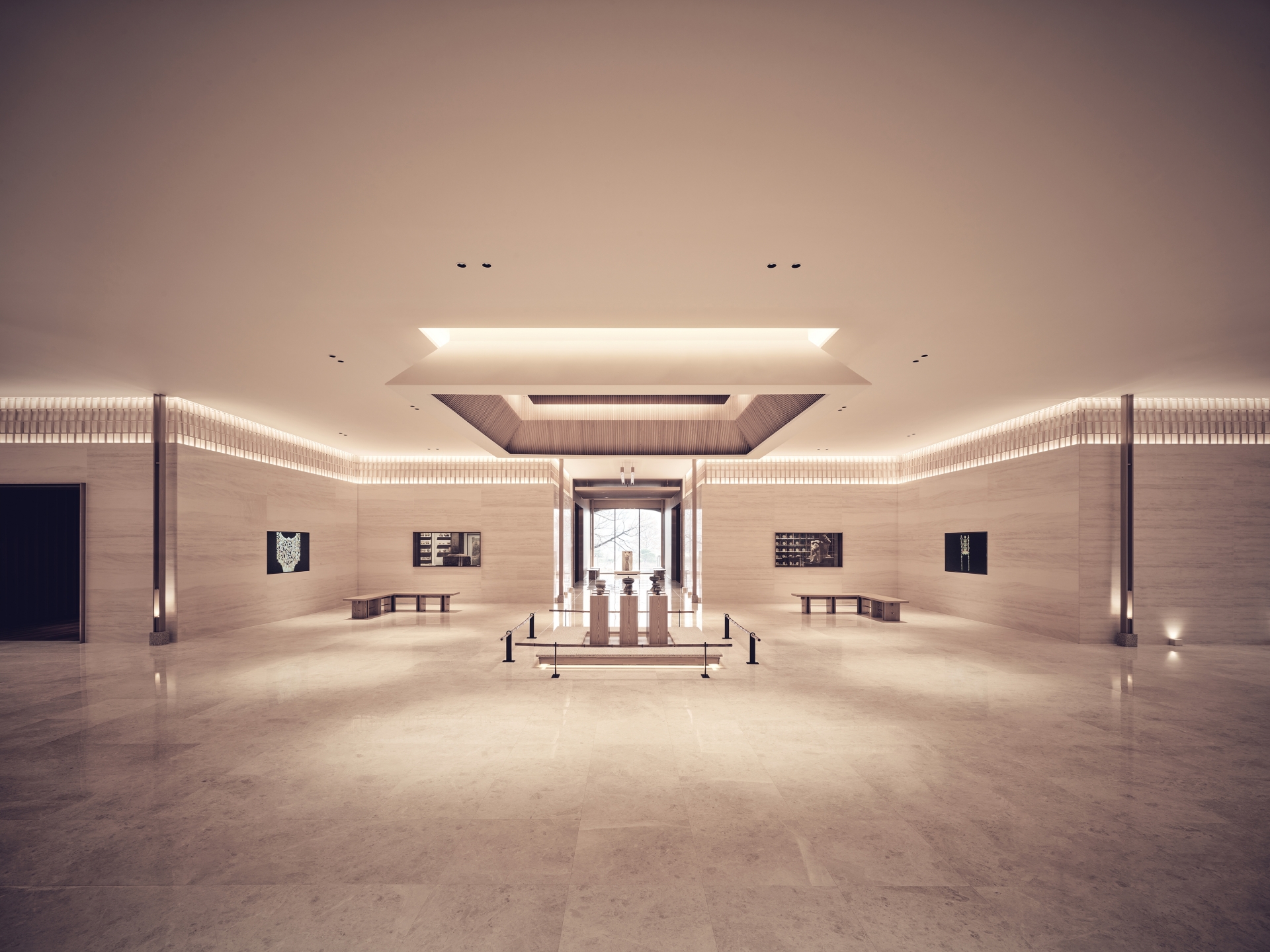
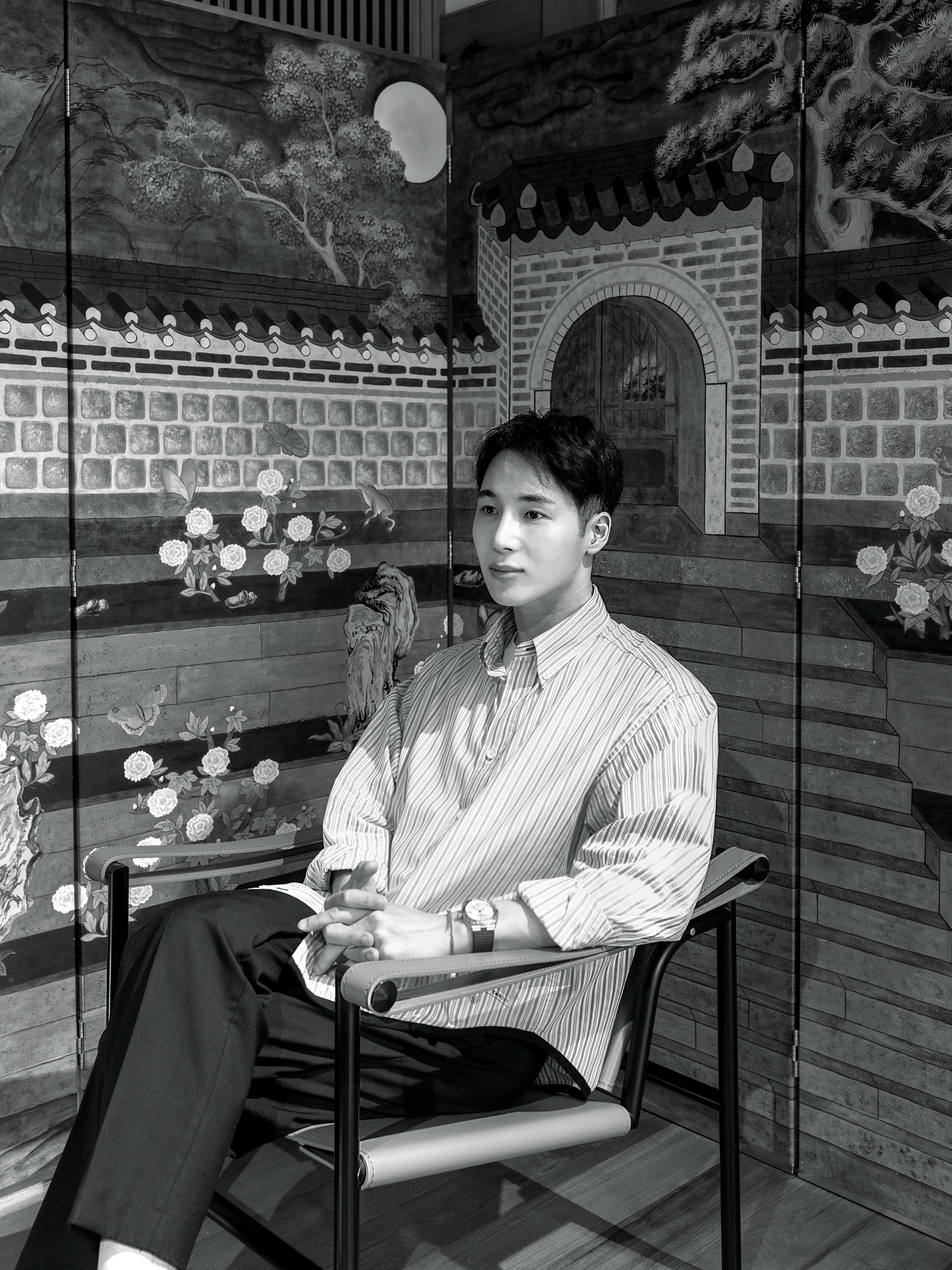
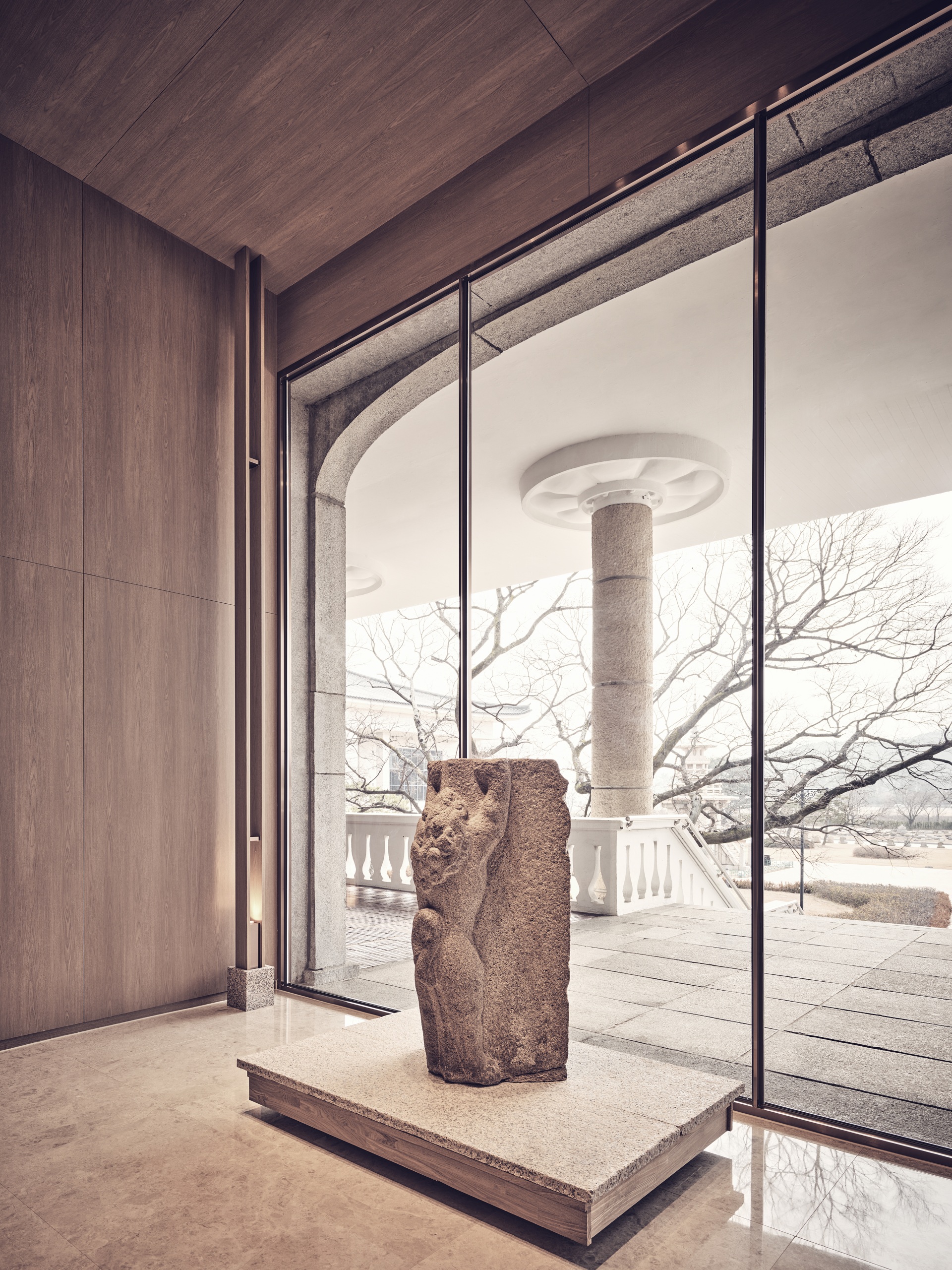
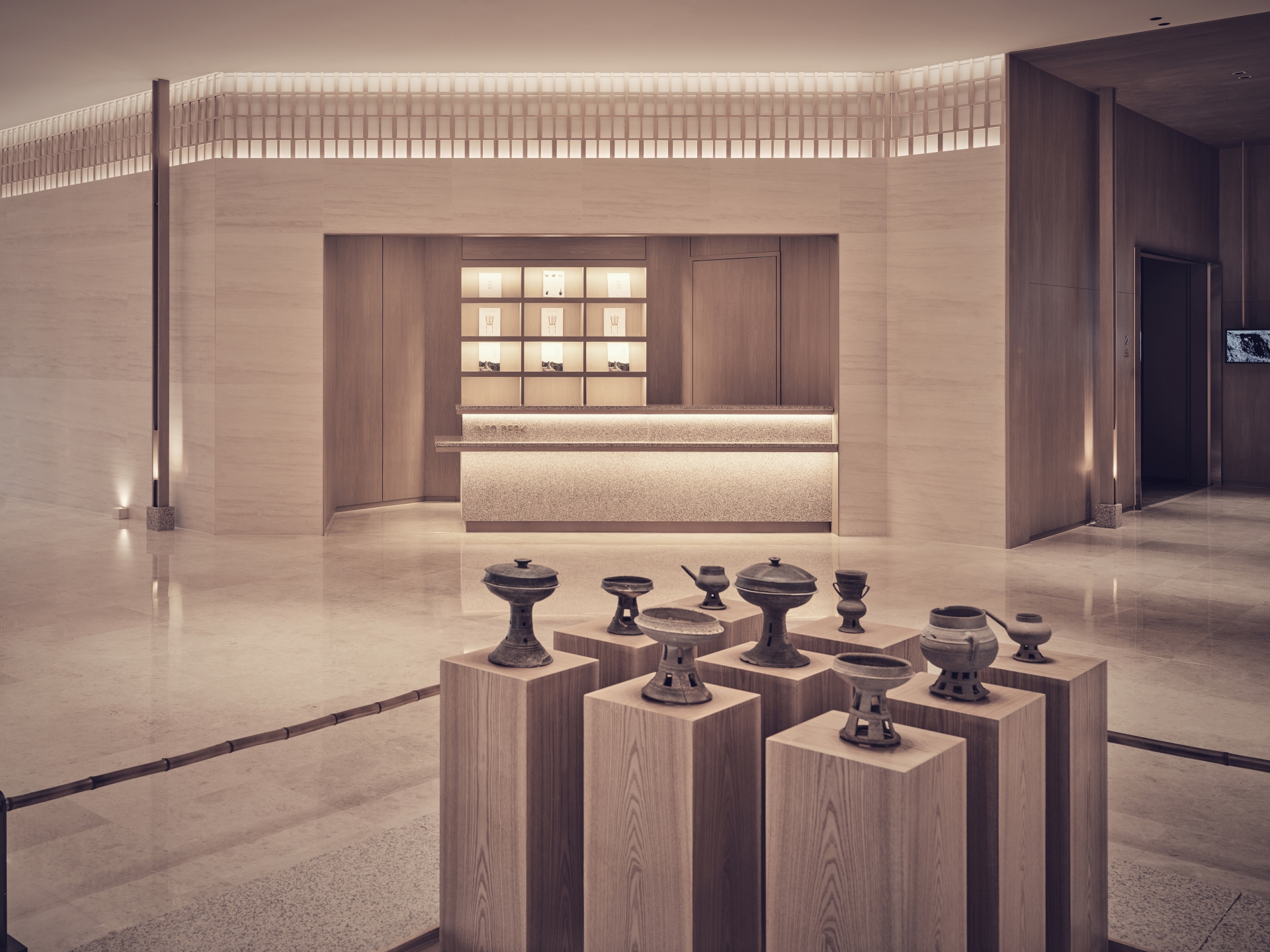
Another remodelled space in the Gyeongju National Museum is the lobby on the second floor of the Silla Art Gallery - specially dedicated for visitors to take a break from their daily life and immerse themselves in the museum. This quiet and subtle place, where the stone Buddha statues are installed, is designed to encourage rest, read and also appreciate the atmosphere which is being created by two important stone artefacts. The arrangement of furniture is intentionally placed for enjoyment of the space, and all the furniture and lighting were custom made. Coincides the team, “We hope that the Buddha statues placed at both ends of the space together with the scenery of Gyeongju’s Namsan Mountain will create a mesmerizing experience at the museum.”
